In the Trenches—Day 318 Year 2: THE LANGUAGE OF CINEMA
Posted by Kelli Joan Bennett
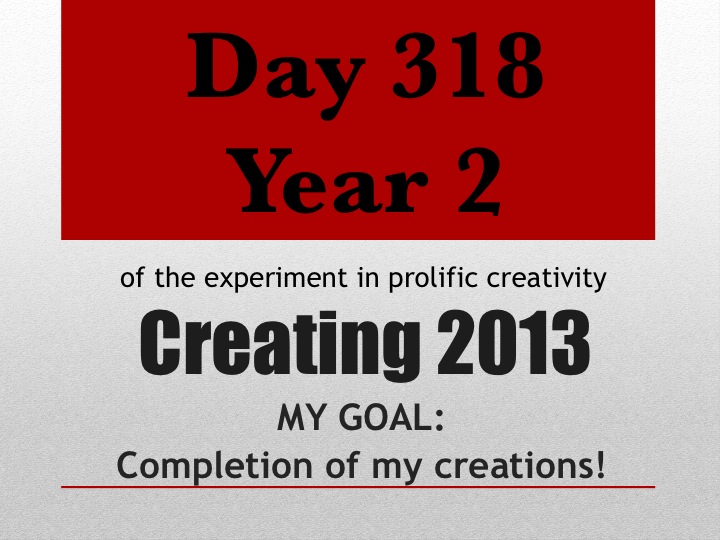
Day 318 Year 2:
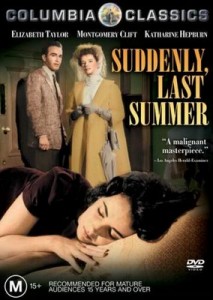
I am a lover of film. And like my taste in music—I love everything from Chopin to The Charlie Daniels Band—my taste in movies is broad. It ranges from Suddenly Last Summer to The Hangover—two of my all time favs. I don’t have “a type” or a genre.
I grew up with movies. My mom loves them and I inherited that gift from her. Films we would watch over and over again included The Big Chill, The Searchers, All About Eve, Rear Window, The Quiet Man, Dressed to Kill, of course the Star Wars trilogy, Jaws, Stripes, Caddyshack, The Shining, The Exorcist and Christine. A cinema snob, I am not, but I love art-house, foreign and niche films as well. Especially ones that make my heart open and my mind expand. Ma Vie En Rose for example. Another one of my favs.
My favorite films all have two things in common to me: amazing stories and awesome characters. As a producer, I have always approached anything I was producing through the lenses of story, character and plot. In other words, WORDS. I am, after all, a writer. I love words. What’s the story? What’s this about? Who’s the story about? Who’s experiencing it? Who’s telling it? What is the plot? Oh how I love dissecting, creating and plotting out the plot! What happens and in what sequence?
 As my past readers who followed my Yearlong Experiment in Prolific Creativity know, for my feature documentary, High School 911, I taught myself how to edit in order to wrangle the story out of 1200 hours of footage. Good god, I bitched about that relentlessly but in the end, it paid off—for my creative evolution and for the film’s. I don’t think I would have ever truly found the story without sifting through and editing the copious footage—granted, it took me three years but I found it! During the heart of the process, I realized editing is just like writing. But editing is writing with moving images and talking people instead of words. My editing experience on that film has been incredibly illuminating of the filmmaking process.
As my past readers who followed my Yearlong Experiment in Prolific Creativity know, for my feature documentary, High School 911, I taught myself how to edit in order to wrangle the story out of 1200 hours of footage. Good god, I bitched about that relentlessly but in the end, it paid off—for my creative evolution and for the film’s. I don’t think I would have ever truly found the story without sifting through and editing the copious footage—granted, it took me three years but I found it! During the heart of the process, I realized editing is just like writing. But editing is writing with moving images and talking people instead of words. My editing experience on that film has been incredibly illuminating of the filmmaking process.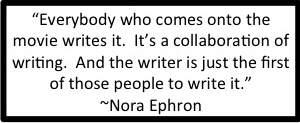
After producing Collusions—where I spent a year developing the script with my writer and I handpicked my director—I felt like I had missed out. Not that I knew I wanted to wear any more hats than the ones I did—as producer and actress. I left the visual aesthetics of the film up to my director and DP as I think many producers do…that’s why you hire them! Granted, we ramped that film up so quickly and shot it so fast, who had time for visions? Time was our biggest enemy. We had 4 weeks for pre-pro and we shot it in 11 days. That doesn’t leave a lot of opportunity to hem and haw over shot composition, mood lighting or capture mind-blowing cutaways. I think I was just super lucky having an amazing DP in Ric Giffith. Bottom line, only after we wrapped did I realize I want to be more hands-on with the literal cinematic vision and aesthetic tone for the films I produce.
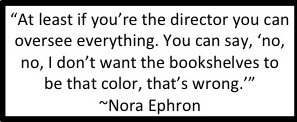 The definition of a movie is, “a motion picture.” A picture that is in motion is what truly tells the story and moves an audience where the director wants them to go. And that’s what I want to absorb into my producer bones next! How, exactly, do you create the composition of that motion picture that will eventually be cut together to tell the story you’re trying to tell and take your audience where you want them to go? How does the moving image that’s captured evoke the emotion, feeling, tone you want to create? How do you lift what’s on the page and make the story come to life? The Language of Cinema as Martin Scorsese calls it.
The definition of a movie is, “a motion picture.” A picture that is in motion is what truly tells the story and moves an audience where the director wants them to go. And that’s what I want to absorb into my producer bones next! How, exactly, do you create the composition of that motion picture that will eventually be cut together to tell the story you’re trying to tell and take your audience where you want them to go? How does the moving image that’s captured evoke the emotion, feeling, tone you want to create? How do you lift what’s on the page and make the story come to life? The Language of Cinema as Martin Scorsese calls it.
Who doesn’t love Scorsese, he’s a cinematic genius. But the filmmaker I’m simply in awe of right now is Shane Carruth. His 2013 film Upstream Color blew my mind. He wrote it, produced it, directed it, starred in it, shot it, edited it and composed the music for it. In a word, it’s brilliant. I marvel at his use of the visual—the picture in motion—to take me on a crazy, worm and hog-filled journey that baffled, delighted and deeply satisfied. He knows how to “write cinematically.” Yes, the script is clearly from an impressive mind—you’ll never read Thoreau’s Walden the same again—but it’s how he told the story visually that makes the film. Plus his haunting score seals the deal. If you haven’t seen it, I can’t recommend it enough. It will then make you want to see Primer, the first film he made 10 years ago. It’s thought-provoking and enjoyable although rough around the visual edges in comparison to his sophomore effort.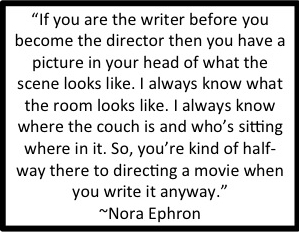
In order to stick a toe in and begin this new visual, linguistic adventure, I’m taking a seminar this coming weekend called Cinema Language: The Art of Storytelling. Mark Stolaroff, as a part of his No Budget Film School, presents it. I took Mark’s weekend seminar, The Art & Science of No-Budget Filmmaking, back in August of 2012 and I loved it. Cinema Language is the yin to Mark’s no-budget seminar’s yang—it’s companion. It is about the creative aspect—not the production nuts and bolts—of making a film.
I almost didn’t sign up for it because I felt I wasn’t ready for it. At the time, I didn’t even have a first words-on-paper draft of my script. I felt I needed to write the script then delve into the elements of visually telling a story. But at breakfast with Dear Friend a couple of weeks ago, she said I should reconsider. If my goal is to have the writer/director experience, isn’t it best to start understanding the process from a visual storytelling POV while I write the script? Great point! She shifted my thinking and I signed up for the seminar the next day. Thank you, Dear Friend! I have homework—watching six different films and reading the first act of a screenplay. Of which I’ve done zero. I’ll cram tonight!
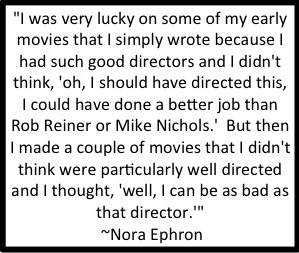 Filmmaker Tom Provost teaches the seminar. I remember meeting him in passing at Mark’s seminar. I vaguely remember him seeming like a nice enough guy. Even though I don’t know him personally, I already have a soft spot for him—I found out he’s also an actor. And a writer, an editor and a producer. I love a fellow multi-hyphenate hat-wearer! I’m very curious to see the film he directed, The Presence. From what I’ve read about it, it’s the opposite of the script I’m writing. Apparently, there’s no dialogue for the first 17 minutes? Clearly the polar opposite of My Dinner With Andre, one of my favs and one of my inspirations for my current script. Hmmmm, interesting. We shall see what I end up gleaning from the weekend.
Filmmaker Tom Provost teaches the seminar. I remember meeting him in passing at Mark’s seminar. I vaguely remember him seeming like a nice enough guy. Even though I don’t know him personally, I already have a soft spot for him—I found out he’s also an actor. And a writer, an editor and a producer. I love a fellow multi-hyphenate hat-wearer! I’m very curious to see the film he directed, The Presence. From what I’ve read about it, it’s the opposite of the script I’m writing. Apparently, there’s no dialogue for the first 17 minutes? Clearly the polar opposite of My Dinner With Andre, one of my favs and one of my inspirations for my current script. Hmmmm, interesting. We shall see what I end up gleaning from the weekend.
Trying to learn French is no walk in the park. I can only hope the language of cinema comes easier. I’ll keep you posted.
Until tomorrow, create from what you have…new languages to learn.
Nora Ephron quotes from the following interview: http://www.youtube.com/watch?v=TPHHelpkpEY





Recent Comments